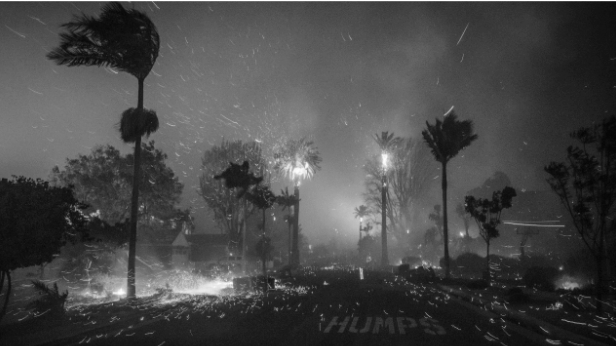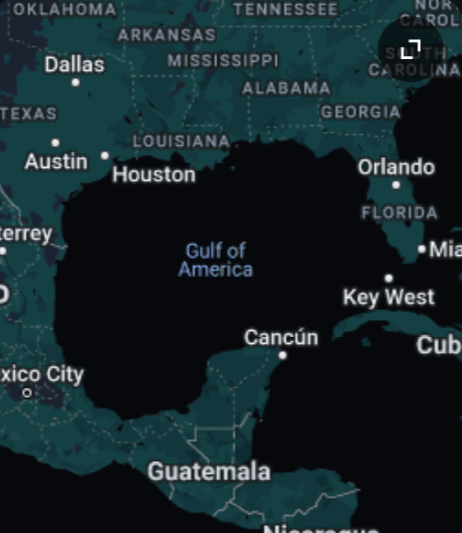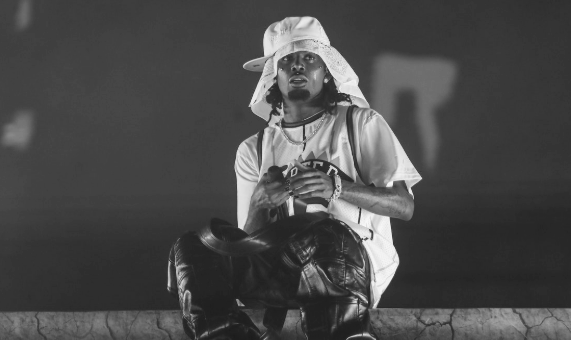On April 8, the United States was hit with a solar eclipse, caused by the moon covering up the sun.
It has been seven years since the last eclipse; in 2017, the eclipse occurred in a different direction than the one in 2024. This year’s solar event began in Texas and covered more ground, making it visible to more people, according to CNN.
Most people were able to see this eclipse due to the moon being closer to Earth allowing a wider area of totality. In 2017, the moon was further away from the Earth, which caused less people to see that eclipse. According to CNN, the eclipse’s shadow stretched about 108 to 122 miles wide, while in 2017 that distance was only 62 to 71 miles.
Not only does this event track interest from the public, but NASA’s Eclipse Soundscapes Project collects observations from the public on animal behaviors and human reactions. As the number of people volunteering to the project continues to grow, it helps NASA answer more questions regarding eclipses’ impact on Earth life.
The eclipse provided NASA scientists with more information regarding the sun and Earth. Scientists collected data and studied the Earth, sun, and moon, specifically the sun’s corona or outer atmosphere. Astronaut Pam Melroy told CNN that this study is very hard to find due to how rare eclipses are and how specifically the eclipse must be watched in order to get the information needed.
Melroy adds that understanding the sun’s corona is key in understanding questions regarding how heat and energy are transferred into solar wind. This also answers questions about solar wind and flares specifically how they impact the earth.
At the end of this year, the sun will reach solar maximum, which is a good time for scientists to study the sun. Since during the solar maximum, the sun’s magnetic poles flip. The sun will then become “quiet” as it reaches solar minimum.
According to NASA, the path of the eclipse went from Mexico into the United States and traveled through many states including Texas, Oklahoma, Arkansas, Missouri, Illinois, Kentucky, Ohio, Pennsylvania, New York, Vermont, New Hampshire, and Maine.
On the day of the eclipse, sophomore Nathan Brosh captured a picture during the eclipse showing how dark the sky got while the sun and moon were aligned.
















